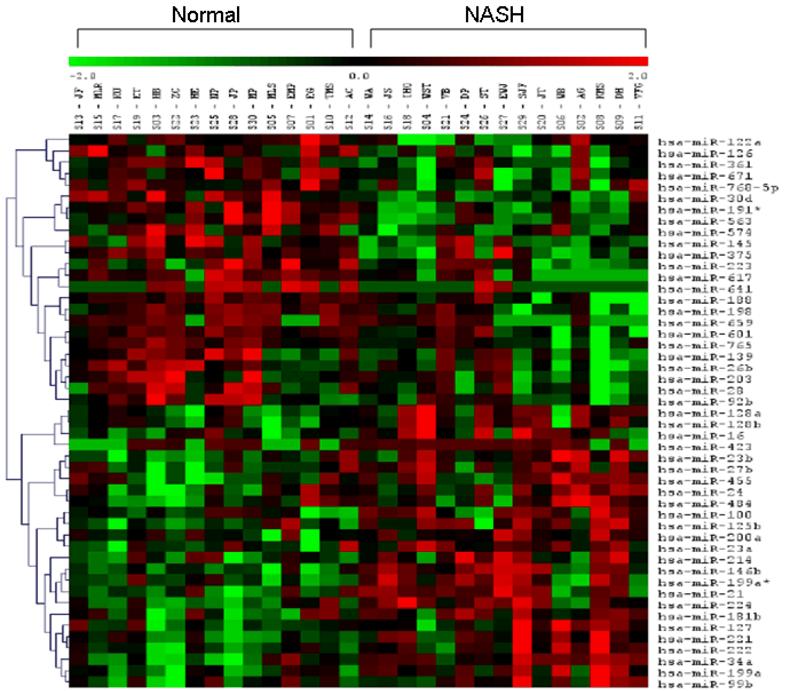To understand human pathology at the system level, one must examine the complex milieu of molecular interactions between various cells within human body, rather than the characteristics of isolated cell or cultured cell. However, all over the human body an understanding of the pathophysiology of particular tissues has lagged behind the insights in general biological processes. A “high-throughput revolution” unfolding in model clinical science leads to significant increase of knowledge describing transcriptome and proteome states in complex human diseases, including pathologies of the liver. Despite seeming accessibility of the profiling techniques, cautionary approach is necessary in the interpretation of the data. There are universal caveats that preclude meta-analysis of the data collected. Major biological obstacles are heterogeneity of the samples profiled, imperfect correlation between mRNA and protein levels, and normal variation in the levels of mRNAs and corresponding proteins in healthy individuals. Nevertheless, a significant gain in the understanding of NAFLD spectrum diseases reached recently is inseparable from the data accumulated in high-throughput projects.
Example Study
Researchers from Virginia Commonwealth University Medical Center utilized LC Sciences’ miRNA microarray service to compare the expression of 474 human microRNAs in subjects with the metabolic syndrome and NASH vs. controls with normal liver histology. Differentially expressed microRNAs were identified by the μParaflo™ microRNA microarray assay and validated using quantitative real-time PCR. The effects of miR-122 on its predicted targets were assessed by silencing and over-expressing miR-122 in vitro. A total of 23 microRNAs each was under- or over-expressed. The predicted targets of these microRNAs are known to affect cell proliferation, protein translation, apoptosis, inflammation, oxidative stress and metabolism. miR-122 level was significantly decreased in subjects with NASH (63% by real-time PCR, p< 0.00001). Silencing miR-122 led to an initial increase in mRNA levels of these targets (p< 0.05 for all) followed by a decrease by 48hrs. This was accompanied by an increase in protein levels of these targets (p< 0.05 for all). Over-expression of miR-122 led to a significant decrease in protein levels of these targets.
Cluster analysis of differentially expressed miRNAs (p< 0.05) miRNA signature in liver from patients with NASH and normal controls. Signal intensity was expressed as log2 ratio between NASH and controls. Bright green, under-expression; black, no change; bright red, over-expression.


Related Service
miRNA Microarray Service – LC Sciences provides a microRNA (miRNA) expression profiling service using microarrays based on our in-house developed µParaflo® technology platform. We have standard arrays for all mature miRNAs of all species available in the latest version of the miRBase database (Release 21, July 2014). Our service is comprehensive and includes sample labeling, array hybridization, image data processing and in-depth data analysis. Two-three weeks after receiving your total RNA samples, we’ll send you both the raw and fully analyzed data. [Learn more…]
Reference
Baranova A, Estep M, aranova A, Birerdinc A, Estep M, Younossi ZM. (2010) Pathogenesis of Obesity-Related Chronic Liver Diseases as the Study Case for the Systems Biology. Systems Biology for Signaling Networks 1(3), 645-686. [abstract]
